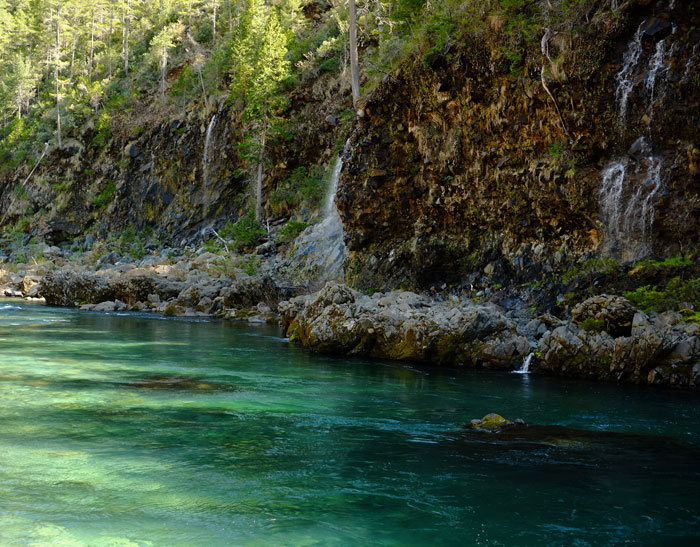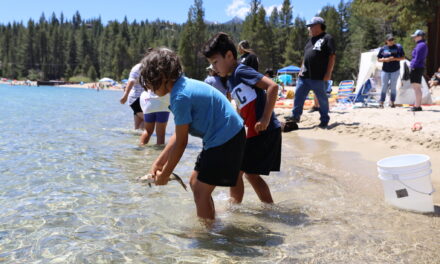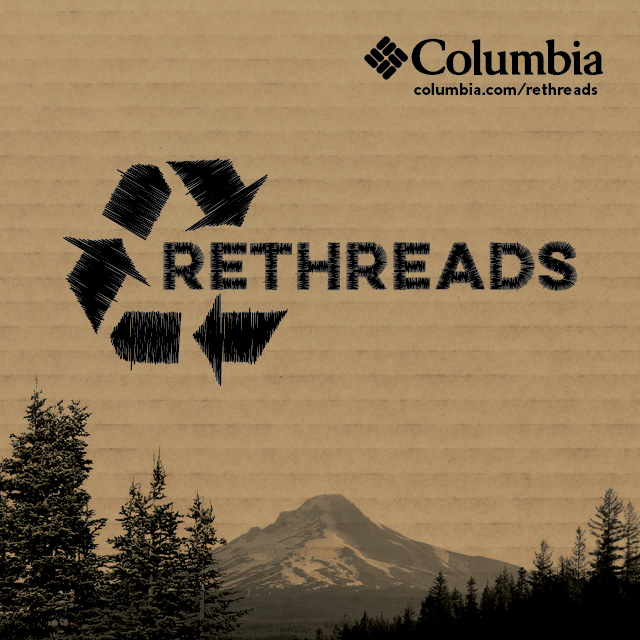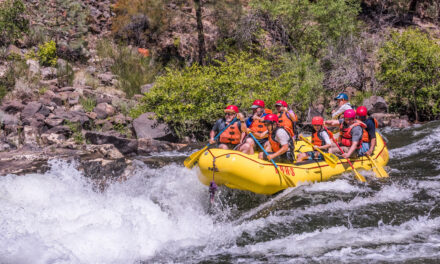- California Enduro Series Announces 2024 Schedule - 11/19/2023
- ASHLAND MOUNTAIN CHALLENGE 2023 – CES RACE REPORT - 10/04/2023
- China Peak Enduro 2023 – CES Race Report - 09/04/2023
Strip mining threatens clean water, drinking water, wild salmon and steelhead runs in Rogue-Smith watersheds
American Rivers named the Smith River in California and southern Oregon’s Illinois and Rogue Rivers among America’s Most Endangered Rivers of 2015, shining a national spotlight on nickel mining proposals that threaten a wonderland of wild rivers, clean water, rare plants, and outdoor recreation.
“The America’s Most Endangered Rivers report is a call to action to save rivers that are facing a critical tipping point, including these in Oregon and northern California,” said David Moryc of American Rivers. “We are faced with a stark choice between clean drinking water, wild salmon, and Wild and Scenic Rivers on the one hand and toxic polluting strip mines on the other.”
The Wild and Scenic Illinois, Rogue, and Smith rivers are known for their healthy salmon runs, world-renowned plant biodiversity, and outstanding recreation. However, proposed nickel mining in the headwaters of these rivers and in nearby Pistol River and Hunter Creek headwaters threatens their unique values. American Rivers called on the U.S. Bureau of Land Management to close the federal lands in the area to mining, the most effective way to prevent development of nickel strip mines in these unique and fragile watersheds.
“These wild rivers are not only uniquely beautiful, they also provide the backbone of a healthy recreational economy that sets this region apart as a destination,” said Zach Collier, the owner of local outfitter, Northwest Rafting Company. “These rivers are a part of our local heritage,” said Joseph Vaile of the Klamath-Siskiyou Wildlands Center. “This is one of the largest, intact wild areas we have left on the entire West Coast.”
“Locating a strip mine in the headwaters of these Wild and Scenic rivers is like putting ice cubes made with toxic waste in your favorite drink,” said Grant Werschkull the executive director of the Smith River Alliance. “It’s completely outrageous.”
“Our local community knows that wild salmon and nickel strip mines don’t mix. We’ve been unified and emphatic, the most toxic polluting industry in the country doesn’t belong in the eadwaters of our wild rivers,” said Mark Sherwood, Southern District Manager for the Native Fish Society and Brookings, OR resident.
Oregon’s Wild and Scenic Rogue River is one of the most productive salmon and steelhead habitats on the West Coast, with an average of 100,000 fish returning each year. Its largest tributary, the Illinois River, is the wild salmon and steelhead refuge for the Rogue Basin and home to globally significant concentrations of rare plants.
The emerald-green Smith River is the only major undammed free-flowing river in California. Hunter Creek and North Fork Pistol River are known for their strong native salmon and steelhead runs, plus designated and proposed Botanical Areas, and two BLM Areas of Critical Environmental Concern.
The annual America’s Most Endangered Rivers report is a list of rivers at a crossroads, where key decisions in the coming months will determine the rivers’ fates. Over the years, the report has helped spur many successes including the removal of outdated dams, the protection of rivers with Wild and Scenic designations, and the prevention of harmful development and pollution. “This year’s report underscores the importance of healthy rivers to each and every American,” said Irvin. “Whether it’s for clean drinking water, ample water supplies for farms and cities, abundant fish and wildlife, or iconic places vital to our heritage, we all have a stake in protecting our nation’s rivers.”
Learn more about the Rogue and Smith rivers: AmericanRivers.org/RogueSmith
For the complete list of America’s Most Endangered Rivers, visit: AmericanRivers.org/EndangeredRivers
About American Rivers
American Rivers protects wild rivers, restores damaged rivers, and conserves clean water for people and nature. Since 1973, American Rivers has protected and restored more than 150,000 miles of rivers through advocacy efforts, on-the-ground projects, and an annual America’s Most Endangered Rivers® campaign. Headquartered in Washington, DC, American Rivers has offices across the country and more than 200,000 members, supporters, and volunteers. Rivers connect us to each other, nature, and future generations.
MAIN IMAGE: North Fork of the Smith River. Photo by Nate Wilson Photography.













